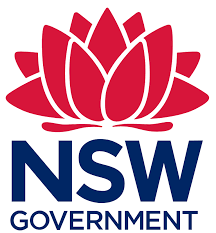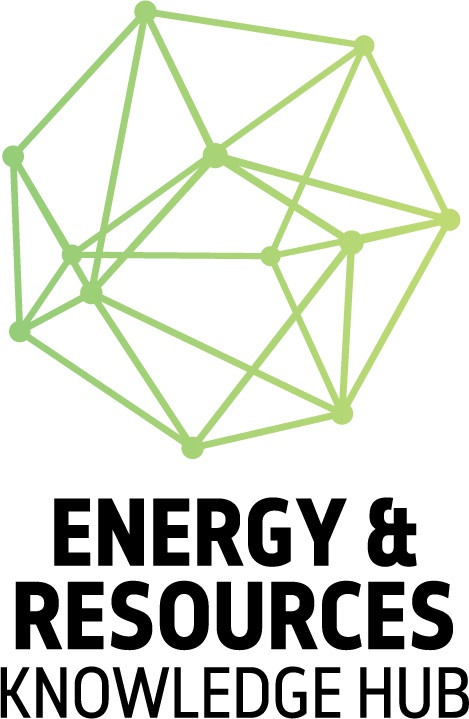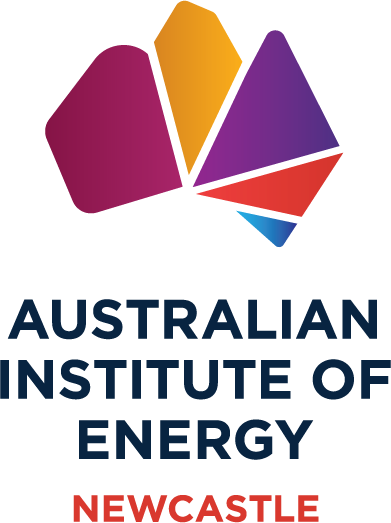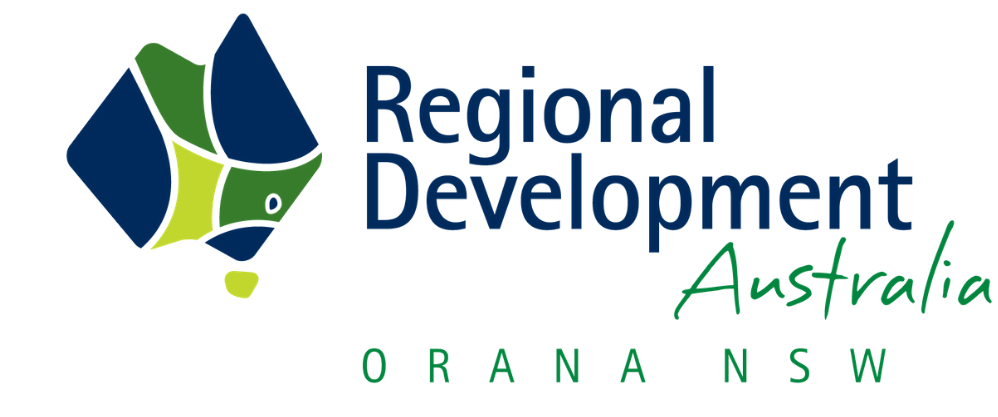CSIRO and Swinburne University unveil groundbreaking Hydrogen Refuelling Station in Victoria
The station serves as a testing ground for technical, regulatory, and economic aspects of hydrogen refuelling infrastructure while supporting workforce development crucial for the expanding hydrogen energy ecosystem.

CSIRO and Swinburne University of Technology’s Victorian Hydrogen Hub have unveiled a cutting-edge clean hydrogen refuelling station at CSIRO’s Clayton site in Victoria, Australia. This $2.5 million facility stands as a pivotal platform for hydrogen research and serves as an educational hub for future hydrogen experts.
Operating with green hydrogen generated from renewable sources, this station showcases real-world applications for hydrogen, enabling hydrogen-powered vehicles to travel over 600km without emissions on a full tank.
Its significance extends beyond practical use, serving as a testing ground for emerging hydrogen technologies and offering training for the next generation of hydrogen station operators, bolstering Australia's competitiveness in this sector.
The station’s capacity is impressive, producing up to 20kg of green hydrogen daily through electrolysis and boasting an 80kg storage capacity, sufficient to fuel more than 10 cars.
This initiative aligns with CSIRO’s Hydrogen Industry Mission, aimed at propelling national and global decarbonisation efforts through advanced research and the establishment of a commercially viable Australian hydrogen industry, covering both domestic and export chains.
Dr. Doug Hilton, CSIRO Chief Executive, emphasized hydrogen’s pivotal role in Australia’s energy transition and road transport decarbonization.
“The technology is an exciting piece in the puzzle in Australia’s renewable energy future and will deliver long-term community and environmental benefits, boost the economy and create new jobs and opportunities for Australia and Australians,” Dr Hilton said.
“This is innovative, inventive, inspired technology that builds the sovereign capabilities Australia needs to transition to net zero.”
The collaboration between CSIRO and Swinburne University, partly funded by the Victorian Government’s Higher Education State Investment Fund, is an example of the vital role of partnerships between academia and industry in driving sustainable innovations. This collaboration not only propels technological advancements but also accelerates the adoption of hydrogen-powered vehicles, positioning Victoria as a frontrunner in this evolving field.
Moreover, the station launch reflects a broader trend in Australia, where there are currently two models of hydrogen cars available—the Toyota Mirai and the Hyundai Nexo—alongside 12 operational or under-construction hydrogen refuelling stations. This trend is a result of the growing interest and infrastructural development in hydrogen-powered transportation within the country.
This milestone marks a significant leap forward in Australia’s journey towards a greener future, serving as a beacon of inspiration for regions worldwide aspiring to embrace sustainable energy transitions.












